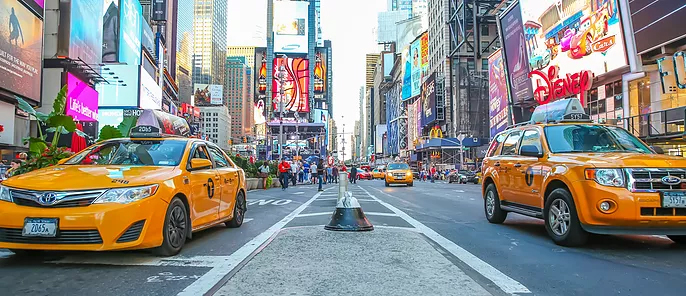Urban Development a public health disaster even bigger than the comet (Extra-terrestrial Hazard, Airburst). A truly human-resistant virus. Birth into death. Planners and developers competing with each other to create more and more space into place, next on the agenda is floating cities. More and more urban heat islands are warming the planet.
• How are developers not conditioned to mitigate their carbon footprint impact created?
United Nation and all programmes linked are not dealing with #degrowth in a serious way.
As humanity has expedited 85% of all land in/of the natural environment. Was the number 50% in 1970 I believe? This is 50 years of environmental rape through mass consumption.
The #SDGs will have suffered a mortal blow if the world does not get to grip with increasingly systemic nature of disaster risk, including health. The #COVID19 is a wake-up call, that normal is not covering our ‘Needs’!
BIG WARNING The single largest CC hazard due to “loss of land” is man-made urban development, criminal land grabbing and deforestation, this is not listed as a risk to land in “Making Cities Resilient”. Urban development, criminal land grabbing or deforestation is not even listed as Anthropogenic Main Hazards.
This disturbing confirmation of an unprecedented catastrophe in the making should be a wake-up call to the #G20 countries to assume leadership in this age of #CORONA before it’s too late. The world has to start reducing greenhouse gas emissions now.
Land loss
Re-wilding programme is large-scale conservation aimed at restoring and protecting natural processes and core wilderness areas, providing connectivity between such areas, and protecting or reintroducing apex predators and keystone species
The problem we don’t have the #climatespacetime. Every restoration back to wild will take as long time as it took to destroy it, micro-climating is a very delicate thing. There is a global conservation movement to restore Earth’s land into 50% wilderness, one lung of the planet. So 50 years from now is 2070, not a day later. Many more resonance restoration re-recoveries to follow the decades up to year 2070 and beyond… as many as needed.
Look inbound and focus on the word Unification what it means and how to achieve immediate results with rational resilience decision making.
The rule is: For every land developed two Lands must be rewilded. Understand #SDG18, the economic impact of Disaster and the need for Risk investments in developing Resilience.
Why does this make financial sense, and what is the business case? – Lots of high-density residential buildings – less likely to promote future infection.
– No budget, or no protection of the budget, for fighting urban growth disaster. – Potential sources of finance not tapped. – Accounting for use of funds is weak.
Look outbound for actions to achieve maximum development resilience: Identify and develop financial mechanisms, that can support resilience activities. Ring-fenced budget, local & national revenues + public partnerships Provide incentives in #togethernessship, Governance Integrated Planning and Preparation Response
Trying to cross-bridge health risk resilience with urban climate disaster in regional governance.



